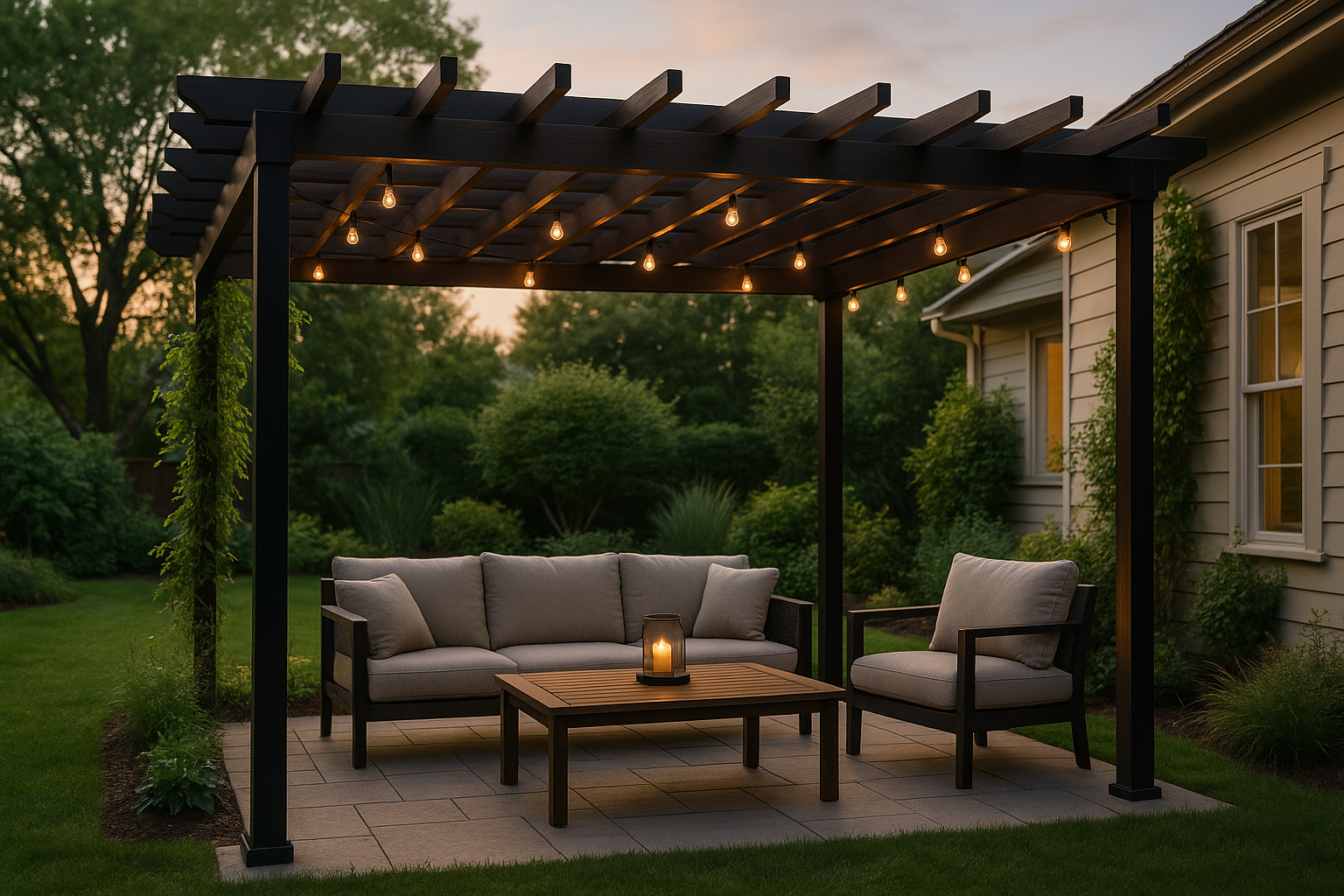Material choices that improve durability and reduce upkeep
Selecting durable, low-maintenance materials for indoor and outdoor projects reduces routine work and extends the life of surfaces, furnishings, and plantings. From patio finishes and irrigation to storage solutions and soil care, material decisions influence how often repairs, replacements, or intensive upkeep are needed.

Material selections set the tone for how much time and effort you spend on maintenance. Thoughtful choices—from paving and decking to pots, storage, and irrigation—can minimize seasonal repairs and everyday cleaning. Durable materials paired with smart detailing reduce moisture damage, resist pests, and simplify tasks like mulching, pruning, and organization, making both renovation projects and DIY upgrades pay off over time.
How do material choices affect outdoor living and patio spaces?
Outdoor living and patio areas demand materials that resist weather and heavy use. Porcelain pavers, natural stone with proper sealing, and composite decking resist freeze-thaw cycles, staining, and splintering better than many untreated woods. For lighting, choose sealed, corrosion-resistant fixtures rated for exterior use; these reduce electrical issues and lamp changes. Selecting cushions and fabrics designed for outdoor use lowers laundering and storage needs. Drainage-friendly designs and permeable surfaces prevent pooling and surface degradation, cutting down long-term repair tasks.
What materials reduce upkeep in landscaping and soil care?
In landscaping, materials that support soil health and control weeds ease maintenance. Organic mulches retain moisture, moderate soil temperature, and suppress weeds around perennials and shrubs. Permeable pavers and gravel pathways encourage infiltration and reduce erosion. Installing drip irrigation and smart controllers targets water to root zones, saving water and trimming watering sessions. Use durable edging materials to prevent turf intrusion, and choose plant varieties adapted to local conditions to minimize replanting and fertilizer needs.
Which durable materials suit renovation and high-traffic surfaces?
During renovation, prioritize non-porous, impact-resistant surfaces for high-traffic zones. Engineered stone and quartz countertops resist stains and scratching more effectively than many natural stones. Porcelain or large-format tiles with slip-resistant finishes perform well in entryways and mudrooms. Metal components finished with powder coating or stainless steel hardware resist corrosion. For exterior trim and structural elements, rot-resistant engineered lumber or properly treated timber with stainless or galvanized fasteners extends service life while reducing the frequency of repairs.
How to choose organization and storage for tools and supplies?
Smart organization and storage materials protect tools and shorten cleanup time. Choose rust-resistant shelving, sealed plastic bins, and metal cabinets with weatherproof coatings for outbuildings or patios. Pressure-treated or composite shelving resists moisture in shed environments. Modular storage systems and clear, labeled containers improve accessibility for DIY projects and seasonal gardening tasks. Consider upcycling sturdy furniture and refinishing it with outdoor-grade sealants to create durable, cost-effective storage while diverting materials from waste streams.
How do indoor plants and interior materials influence long-term maintenance?
Indoor plants and interior finishes affect cleaning cycles and surface longevity. Use glazed ceramic or resin pots with saucers to prevent water damage to flooring and shelves; self-watering planters reduce overwatering and mess. Select washable paints and water-resistant flooring in high-use rooms to simplify spills and potting messes. Proper interior lighting that supports plant health reduces turnover and trimming. Choosing textiles and furniture fabrics with stain-resistant treatments or removable covers lowers laundering frequency and extends usable life.
How can sustainability and upcycling strengthen longevity and reduce upkeep?
Sustainable material choices often align with durability and lower upkeep. Reclaimed hardwood, recycled composite decking, and salvaged metal fixtures can provide robust performance while reducing embodied energy. Upcycling existing pieces with protective finishes or weatherproofing extends functional life and reduces replacement cycles. Practices such as targeted mulching, compost-driven soil care, and efficient irrigation systems cut resource use and maintenance time. Balance repairability and durability when selecting materials so routine maintenance remains manageable over a structure’s lifespan.
Conclusion Choosing materials with durability and sensible maintenance expectations helps create resilient indoor and outdoor environments. By combining weather-resistant finishes, efficient irrigation, plant-appropriate soil care, and thoughtful storage solutions, homeowners can reduce routine upkeep while preserving functionality and appearance. Integrating sustainability and upcycling into these choices further supports long-term performance and resource efficiency.




